Eco-friendly composite materials
You don't have to sacrifice craftsmanship for sustainability with these environmentally friendly products.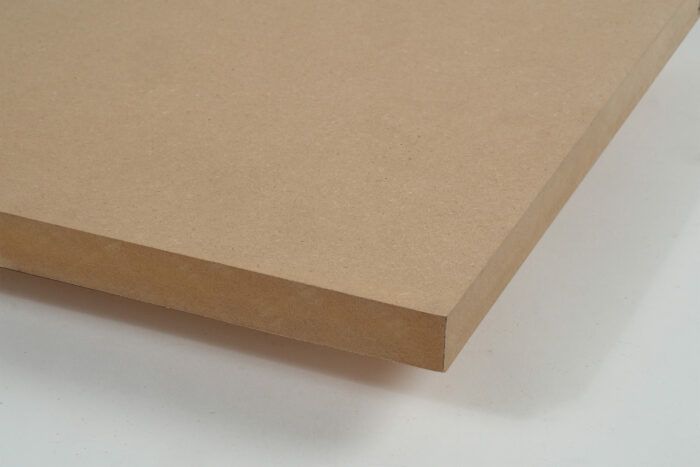
With the rise of environmental awareness, naturally there’s been a shift toward more eco-friendly products. Certainly the average woodworker alone isn’t likely to make a dent in this ongoing issue, but strength in numbers rings true here. If we all buy environmentally friendly products for a reasonable premium, it’ll increase the demand for them, making them easier for suppliers to carry, and vastly more accessible to consumers as a result. When it comes to eco-friendly composite materials in particular, there are a few standout products that will help acquaint you with sustainable workshop practices.
Are composite materials sustainable?
If you’re working with wood composite materials even for the smallest jigs, you might just have your work cut out for you. Since these materials derive from recycled wood in various forms, it begs the question: Are they inherently eco-friendly? Judging by their structure alone, the answer is a resounding “yes.”
Despite this, their adhesive process is worth mentioning. It contains urea-formaldehyde, which inevitably results in volatile organic compound (VOC) emissions that aren’t necessarily biodegradable. It can also potentially increase chances of skin and respiratory system irritation, as well as other major health risks in extreme cases of high exposure. This calls into question its long-term environmental benefits and effects on our health.
Sensitivities to formaldehyde may vary. If you’d feel more comfortable seeking out organic materials with low formaldehyde consistency, such products exist.
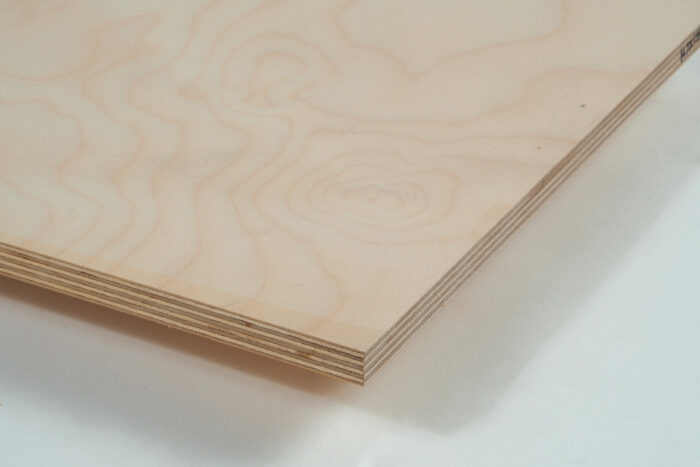
Products that care
Timber Products takes environmental consciousness one step further with their commitment to providing products with no added formaldehyde. Their completely recycled lumber products are sourced from land that complies with the Sustainable Forestry Initiative and Forest Stewardship Council (FSC) programs. Not only this, but they also offer a wide range of accessible, budget friendly possibilities, including plywood, MDF, and particleboard. Their “green” factor is just the cherry on top.
Roseburg Lumber is another company whose products provide both integrity and longevity, diminishing the need for frequent replacement. This creates less demand and depletion of energy during manufacturing. Additionally, they meet the USGBC LEED v4 criteria, ensuring low VOC emissions. These qualifications are evidently demonstrated by their products Medite and Medex, reputable sources of moisture-resistant MDF with no added formaldehyde. Like Timber Products, Roseburg is also FSC certified, even going the extra mile by replanting six million new trees each year. Now that’s some eco-friendly commitment.
PureBond Plywood has also made their mark, utilizing soy-based glue in place of the usual urea-formaldehyde adhesive. Interestingly enough, studies have shown that the implementation of soy protein in the molecular makeup of UF resin with a lower ratio of urea-formaldehyde concentrate may increase the rate of biodegradability. PureBond products like their hardwood plywood certainly reflect these findings.
Innovative efforts are also being made in the realm of MDF manufacturing, putting natural materials like hemp and rice straw to the test. Up-and-coming brands like Eureka MDF and Canna Grove Hempboard are definitely eco-friendly composite materials to keep an eye out for as they quickly approach the mass market. Needless to say, we’ve come a long way from the prevalence of pentachlorophenol preservatives. (Say that five times fast.)
The bottom line
Above all, don’t fret—trace amounts of formaldehyde naturally occur in wood even before it has been processed or heat treated. In fact, being that formaldehyde can also be found in the chemical makeup of many fruits and vegetables and even in our own bodies—yes, you read that right—it is safe to say we can handle it in small doses, while also complying with measures to keep exposure as low as possible.
Wood composite materials are sustainable, but not without their faults. In any case, investing in products like these, no matter how seemingly insignificant, helps in the ongoing research to find more biodegradable and recyclable materials. Even if you’re only sparingly inclined toward plywood or MDF in your own projects, or if you already own manufactured goods made from these materials, then rest assured—you may be doing the earth a favor in the long run.
More like this
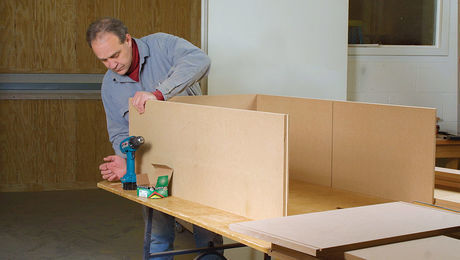 |
Building with MDF |
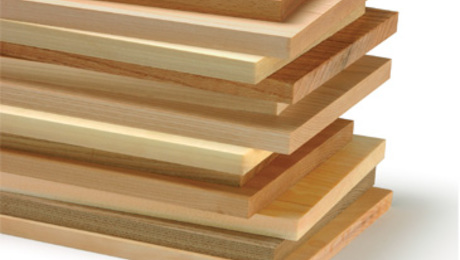 |
Low-Cost Lumber |
 |
Build a table, plant a tree |
Fine Woodworking Recommended Products

DeWalt 735X Planer

AnchorSeal Log and Lumber End-Grain Sealer

Ridgid R4331 Planer






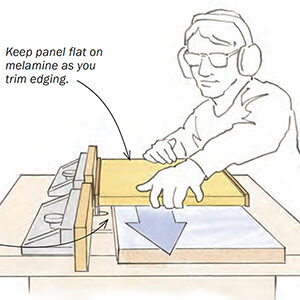
















Comments
Interesting article.
One aspect of working with composites is that often we are veneering wood to them. However, may of the adhesives that are good for veneering (epoxy, UF glue, PU glue) have some pretty unpleasant environmental aspects to them.
With all the new innovations in panel manufacturing, can we look forward to any new innovations in adhesives for the non-industrial market?
You're just begging the hide glue people to come after you!
I'm a fan of hide glue, but not for something like 20 2' x 8' panels.
Hammer veneering would be too dicey in terms of the timing. Sometimes those seams slide over one another or buckle because of expansion, and managing that along 8' sounds... dynamic.
Vacuum press or cauls + millions of clamps w/ OBG could work, but I'm not rich and it would be a month to get that many panels done.
This is good start at evaluating the sustainability of composite products, but the end of life cycle is equally important. For instance, I know that solid wood and hide glue could simply be chipped and composted, or used as firewood -- and those are methods that are within the capacity of an end user. With urea or (petroleum derived) adhesives, what are the disposal options? Biodegradable is not the same as compostable.
Still, It's really good to know that there are less toxic forms of sheet goods available. It's especially good to see some fully recycled options. My concern, especially as I don't live in the States, is that it is not necessarily easy for the individual crafts person --let alone a typical DIY-er -- to access these products. Until they are as widely available as their more toxic counterparts, I think we will still be building a lot of future landfill.
I wonder if publications like FW and it audience need to become more intentional about these discussions? Change happens in part because the mass dialogue shifts.
Additionally, I wonder if instead of trying to make ever more 'efficient' ways of making new materials, we should try to become much more efficient at reclaiming used and waste materials? Personally, I think that salvaging and reclaiming materials should be a suite of skills that we teach just as we teach people how to select and handle new lumber.
Very well said! I second the motion.
Log in or create an account to post a comment.
Sign up Log in